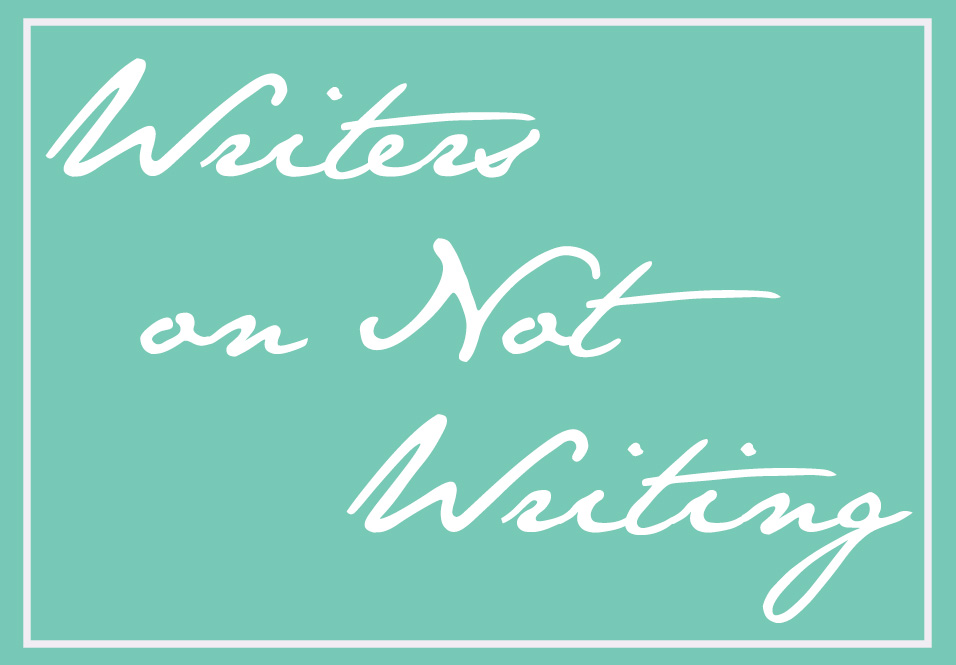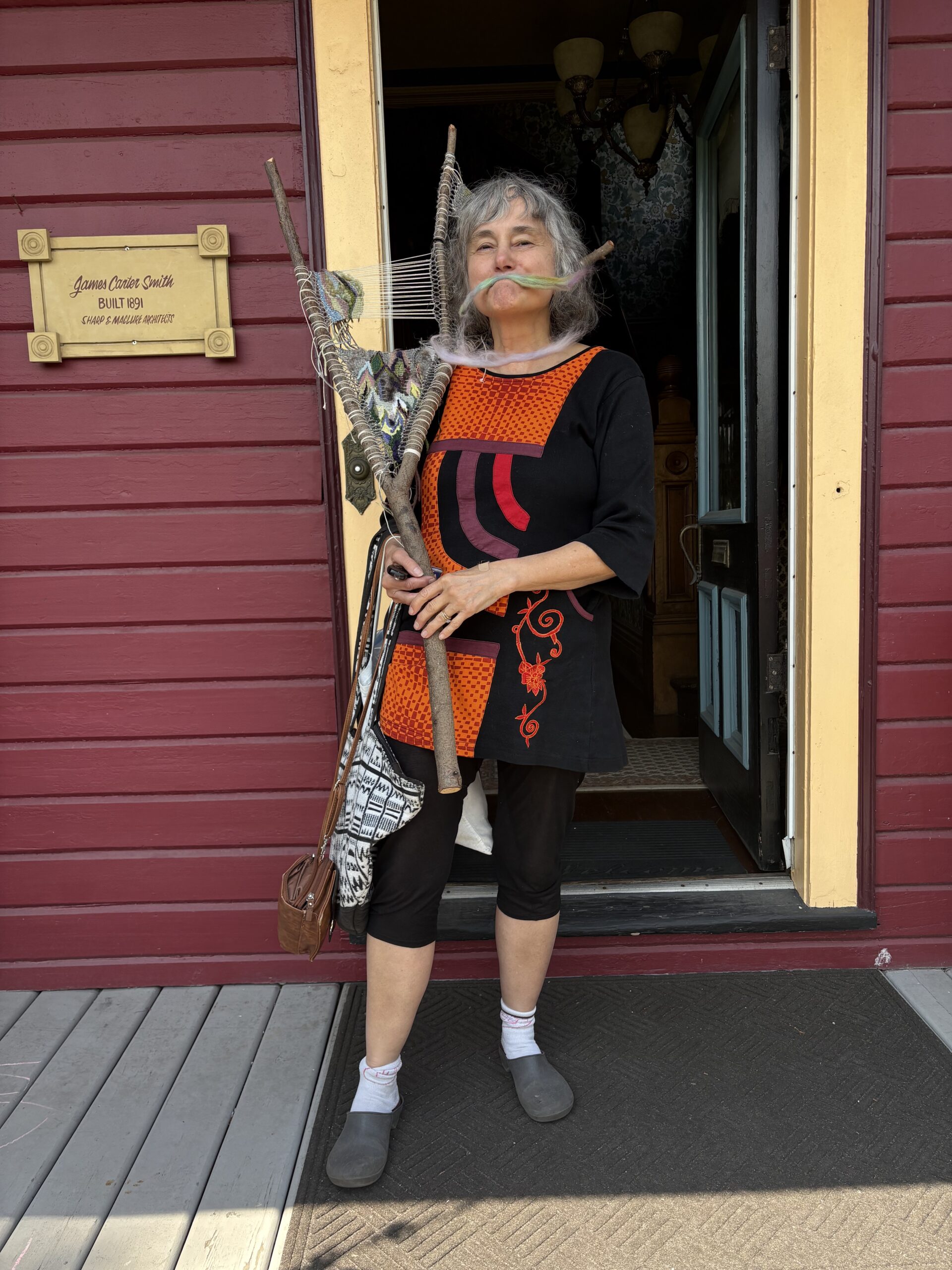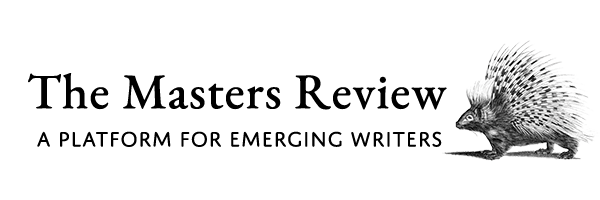Writers pour so much energy into their craft that sometimes we forget that creative pursuits other than writing can fill us up in other important ways. Here, we’ll look at what writers do when they aren’t writing, and how those pursuits affect the return to the page. This month, two writers—Gina Troisi and Crystal Hurdle—explore how tending bar and making crafts can tap into the creative unconscious.
What fills you up creatively when you’re not writing? If you’d like to contribute to the Writers on Not Writing series, email jen@mastersreview.com. We can’t wait to hear from you!

Like many writers, I become obsessed with my creative projects, but as someone who juggles a few different part-time jobs, I also tend to fixate on finding the time to draft and complete my work. Because of this, I often underestimate the value of the time I spend away from the page, doing other things I love—like being near the ocean and on lakes, zipping around on friends’ boats, or riding on the back of my partner’s motorcycle on the Maine back roads, taking in the scent of the hydrangeas, the magnitude of the sky, my hair flying behind me, the sun blasting on my face. As a New Englander, I treasure the short, sweet summers, and there is something magical about the wind, the bright, luminous green, the connection to the trees and water and land, being fully present with those I love that allows me to feel rooted on earth, but also in communion with something far larger than myself.
In addition, alongside my work as a teacher, I tend bar two nights a week. And while in a sense this job depletes and tires me, especially now that I’m in my mid-forties, it also offers a unique type of social interaction that compliments the time I spend in solitude while writing and grading student papers. This work is a great lesson in character and dialogue, as well as the dynamics between people—the way that people communicate or fail to communicate, the way we hurt one another without meaning to, the way a human might appear one way on the surface, but is always so complex and multi-layered in reality. I am especially interested in the truth of the human condition, in empathy and compassion, but also in what provokes a person to think or act a certain way, what shapes the way they choose to move through the world. All of these aspects tend to make their way into the narratives I create.
Like writing, these non-writing activities take me out of my head and fully into my body. I tend to overthink, often to my detriment, but when engaged in joyful pastimes, my nervous system relaxes and recalibrates, and I find myself at ease. This is particularly true when riding on the back of the motorcycle. There is a freedom and a timelessness that occurs, the ability to lose myself in the best possible way, which is similar to how I feel when I’m immersed in a creative project. With all of the chatter of my mind cleared out of the way, notions show up unexpectedly; perhaps an old, rustic farmhouse with chipping paint reignites a childhood memory that I can explore in a work of nonfiction, or informs me of a fictional character’s path and what she might be grappling with, propelling a story further. And while it’s certainly not as relaxing as the outdoor activities, my work as a bartender and server also forces me to be fully in the present moment, to still the churning of my restless mind. In this case, thoughts and epiphanies might come to me after my shift has ended, providing lessons and insights about human behavior and presenting subject matter I am compelled to examine further.
No matter what our non-writing lives consist of, I am a firm believer that, as artists, our subconscious minds are always doing the work of channeling ideas, of asking probing questions, and processing the truth that will ultimately and undeniably make its way into our creations. And for that, I am grateful.
Gina Troisi
 Having officially retired five years ago from university instruction in English and Creative Writing, I’m finding joy in volunteer teaching at a local Seniors’ Centre, where I also take art and crafts classes. Several times at the Seniors’ Centre, I’ve taken a class taught by an octogenarian art therapist. Her class looks at professional art, encourages students via prompts to draw and paint, and then to discuss the meaning behind each other’s art. At first, I cobbled together poems about art, then I started writing poems based on classmates’ drawings and confessions as well as the class’s debriefs. A classmate friend drew about her idyllic childhood, and that became the foundation for my poem “False Mirrors,” which considers visual art’s overlap with literature, leading to disquieting conclusions about climate change. (Not coincidentally, I’m involved in a summer project which pairs seniors with graduate students of gerontology unpacking research about climate change’s effects on the elderly.)
Having officially retired five years ago from university instruction in English and Creative Writing, I’m finding joy in volunteer teaching at a local Seniors’ Centre, where I also take art and crafts classes. Several times at the Seniors’ Centre, I’ve taken a class taught by an octogenarian art therapist. Her class looks at professional art, encourages students via prompts to draw and paint, and then to discuss the meaning behind each other’s art. At first, I cobbled together poems about art, then I started writing poems based on classmates’ drawings and confessions as well as the class’s debriefs. A classmate friend drew about her idyllic childhood, and that became the foundation for my poem “False Mirrors,” which considers visual art’s overlap with literature, leading to disquieting conclusions about climate change. (Not coincidentally, I’m involved in a summer project which pairs seniors with graduate students of gerontology unpacking research about climate change’s effects on the elderly.)
My own drawings often contain text, so writing and not-writing are simultaneous, kindred spirits. I’m now well into completing my arty poetry manuscript, Hide-And-Seek: The Creative Journey, which playfully explores art, art therapy, and the values and richness of both. Works of professional artists, such as Munch, O’Keeffe, and Delacroix (as well as Lady Gaga’s meat dress), share space with the drawings of students.
Because writing is often a lonely, solitary task, it’s wonderful to practice visual and textile art in community while we encourage each other, exchange ideas and techniques, and sometimes commiserate. Basketry and tapestry are occasionally even meditative when I’m not cursing and undoing. Fortunately, the Penelope stitch often leads to frissons in the brain, the unravelling in the head as well as in the hands. Making good use of my paper hoard, I’ve made several treasure journals for book club friends incorporating vintage poetry centerfolds from The Literary Review of Canada, linocut prints, and coffee and tea-stained papers, each unique. Revisiting several of the poems via such unusual cut and paste reading has inspired me in my own writing.
My penchant for pattern, texture, and color appears in all my work-play. I can move from one to the other. If writing is not going well, I can add some watercolor to recent nude drawings, rearrange bits to make a collage, sew text (my own and others’) into a book. You have only to tie one of my homemade aprons around me—a messy creative—slap paint on my face, dangle a skein of wool or reed around my neck, put paper in my hands, a pen or paintbrush between my lips, and I’m good to go. Wherever.
Crystal Hurdle
Gina Troisi is the author of the memoir, The Angle of Flickering Light (Vine Leaves Press, 2021), which was a finalist for the 2022 Maine Literary Awards, the winner of the 2021 Royal Dragonfly Book Award for Memoir, and has placed in several other contests. Gina’s novel-in-stories, After the Rush, is forthcoming from Vine Leaves Press in March of 2027. Her essays and stories have appeared in numerous literary journals and anthologies, including Fourth Genre, The Gettysburg Review, Fugue, Under the Sun, Flyway: Journal of Writing and Environment, and elsewhere. Gina teaches at Southern New Hampshire University, and works as a mentor in the Masters of Fine Arts Creative & Professional Writing Program at Western Connecticut State University. She also offers academic tutoring, as well as individual coaching and editorial services for creative writers working on memoir, fiction, poetry, and more. Her website is https://gina-troisi.com/.
After teaching English and Creative Writing at Capilano University (North Vancouver) for thirty-five years, Faculty Emeritus Crystal Hurdle is reinventing herself in retirement by practicing yoga (wimpily), cycling (badly—joggers can pass her), and mentoring students through the League of Canadian Poets, the Writers’ Union of Canada, and the Canadian Artists’ Network, as well as facilitating writing at Silver Harbour Seniors’ Centre. She eagerly explores several forms of art, unsure if she wishes to find a favorite. She loves hand building strange creatures from clay, basket making (thanks, Ann Marie!), shibori dyeing, tapestry weaving (thanks, Virginia!), crafting treasure—not “junk”— journals (thanks, Meg!), painting, especially watercolor (thanks, Mo and Naz!). After Ted & Sylvia (2003), focusing on writers Hughes and Plath, and Sick Witch (2020) were published by Ronsdale Press. Teacher’s Pets, a YA novel-in-verse, came out in 2014. Syl-Lo-Therapy will be published by Guernica Editions in 2026. When not creating art, recovering poet Crystal writes fiction. Her work, poetry and prose, has been published nationally and internationally. She can be reached at https://crystalhurdle.ca.
